Economic Incentives
Economic incentives provided by various state and local governments may significantly influence the reclaimed lumber market. Tax credits, grants, and subsidies aimed at promoting sustainable building practices encourage the use of reclaimed materials. For instance, certain states have implemented programs that offer financial benefits to builders and homeowners who choose reclaimed lumber over new wood. This not only supports the reclaimed lumber market but also stimulates local economies by creating jobs in the recycling and processing sectors. The potential for cost savings, combined with the growing trend of green building certifications, suggests that economic incentives will continue to play a crucial role in driving market growth. As more stakeholders recognize the financial advantages of using reclaimed materials, the market is likely to see an uptick in demand.
Architectural Trends
Architectural trends that favor rustic and vintage aesthetics are emerging as a significant driver for the reclaimed lumber market. Designers and architects are increasingly incorporating reclaimed wood into their projects to achieve a unique look that resonates with consumers seeking authenticity. This trend is particularly evident in residential renovations and commercial spaces, where reclaimed lumber is utilized for flooring, beams, and decorative elements. The reclaimed lumber market is experiencing a surge in demand as these design preferences align with the growing interest in sustainable materials. Reports indicate that the market could reach a valuation of $1.5 billion by 2026, driven by these architectural trends. As the desire for distinctive and environmentally friendly designs continues to grow, the reclaimed lumber market is poised for further expansion.
Consumer Preferences
Shifting consumer preferences towards sustainable and ethically sourced materials are likely to bolster the reclaimed lumber market. As consumers become more informed about the environmental impact of their choices, there is a marked increase in demand for products that reflect their values. The reclaimed lumber market stands to benefit from this trend, as consumers actively seek out materials that contribute to sustainability. Surveys indicate that approximately 70% of consumers are willing to pay a premium for eco-friendly products, which suggests a strong market potential. This growing preference for reclaimed wood not only supports environmental goals but also enhances the aesthetic appeal of homes and businesses. As consumer awareness continues to evolve, the reclaimed lumber market is expected to thrive.
Environmental Awareness
The increasing environmental awareness among consumers and businesses appears to be a pivotal driver for the reclaimed lumber market. As sustainability becomes a core value, many individuals and organizations are actively seeking eco-friendly alternatives to traditional lumber. This shift is evidenced by a reported growth in the market, with estimates suggesting a CAGR of approximately 5.5% from 2021 to 2026. The reclaimed lumber market benefits from this trend, as consumers prioritize products that minimize deforestation and reduce waste. Furthermore, the appeal of unique aesthetics associated with reclaimed wood enhances its desirability, making it a preferred choice for both residential and commercial projects. As awareness continues to rise, the demand for reclaimed lumber is likely to expand, further solidifying its position in the construction and design sectors.
Innovation in Processing Techniques
Innovation in processing techniques for reclaimed lumber is emerging as a crucial driver for the market. Advances in technology have enabled more efficient methods for sourcing, processing, and treating reclaimed wood, enhancing its usability and appeal. The reclaimed lumber market benefits from these innovations, as they allow for higher quality products that meet modern building standards. Techniques such as advanced milling and preservation methods ensure that reclaimed wood can compete with new lumber in terms of durability and performance. As these processing innovations continue to develop, they are likely to attract a broader range of consumers and builders, further propelling market growth. The potential for improved product offerings suggests a promising future for the reclaimed lumber market.


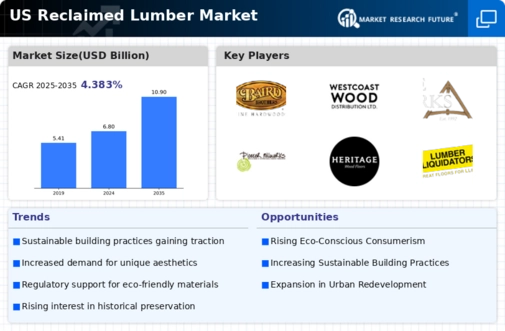
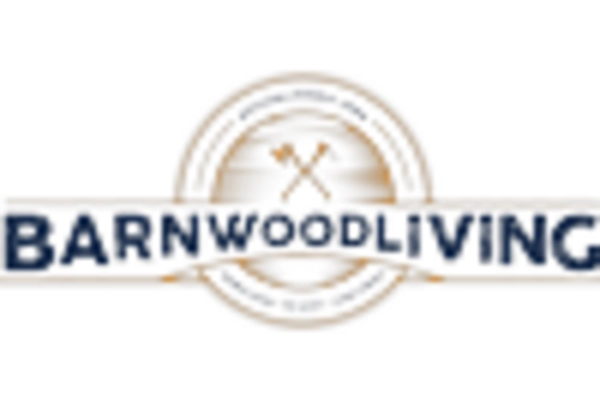

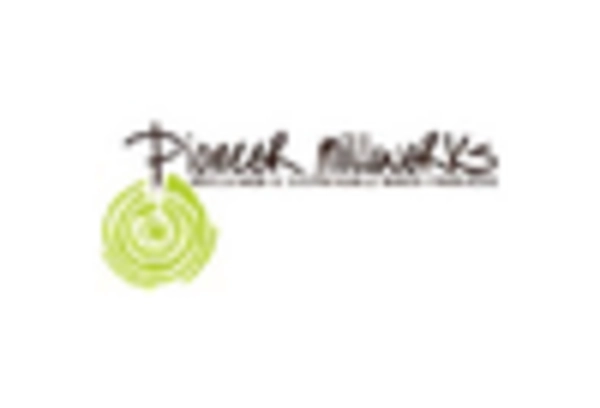
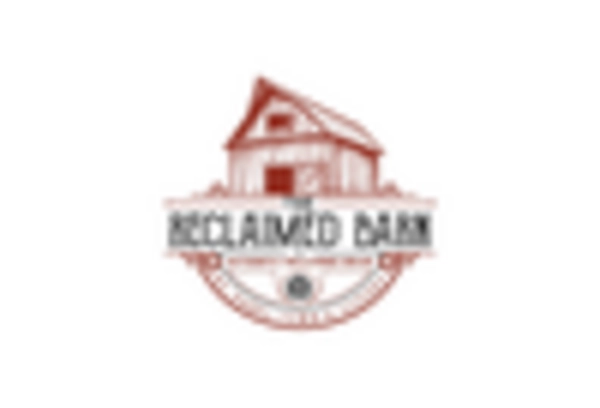

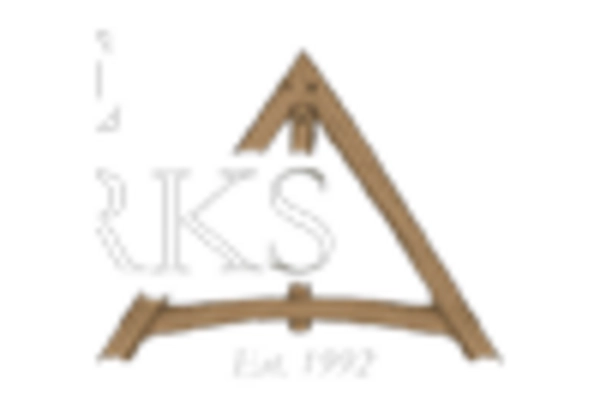








Leave a Comment